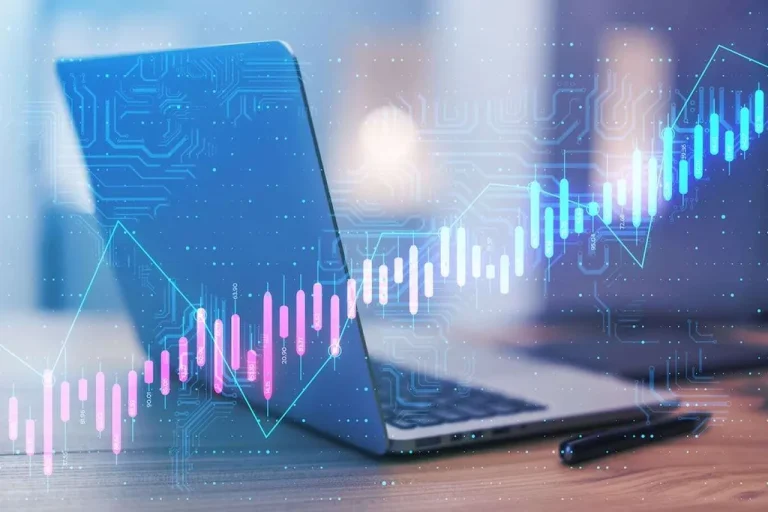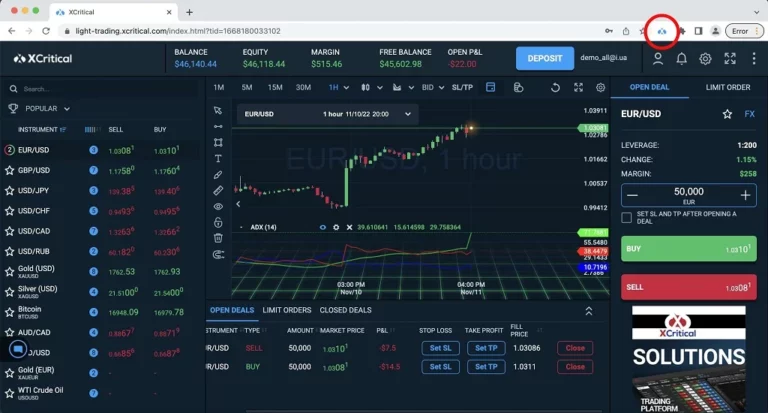Content
In 2023, the average daily value traded fell 16% from 2022, the lowest in a decade, reported The Trade. Not only did European volumes reached a what is buy side liquidity low point in 2023, confirmed Canwell, but that wasn’t the only factor. “There was a shift from things moving from on-exchanges to off-exchange and that correlates with a shift to these electronic liquidity providers,” said Canwell. In a stock for stock deal, companies merge by trading their stock with each other.
ICT Trading: What Is Inner Circle Trading?
Sell-side liquidity allows sellers to sell securities in large amounts without impacting prices. It gives flexibility for setting specific selling prices or selling at the current market price. Structural liquidity in the Forex market refers to the layering of buy and sell orders around critical price points, such as historical highs and lows or areas of trend breaks. Large financial institutions commonly manipulate https://www.xcritical.com/ this liquidity by absorbing or deploying strategic trades, impacting the overall market direction. Conversely, sell side liquidity, found beneath market lows, offers a contrasting perspective. It stands as a testament to potential bearish sentiment, forecasting downward pressure should these layers be tapped into by the market’s major participants.
Fractal Trendlines And Broadening Range Patterns
On a very cynical level, there are times when these analysts become high-priced travel agents. The role of a sell-side research analyst is to follow a list of companies, all typically in the same industry, and provide regular research reports to the firm’s clients. This requires the analyst to build models to project the firm’s financial results and speak with customers, suppliers, competitors, and other sources with knowledge of the industry.

The Role of Buy Side Liquidity Providers

Market-bulls.com does not accept responsibility for any loss or damage arising from reliance on the site’s content. Users should seek independent advice and information before making financial decisions. There is a wide range of careers available on the sell side, with more entry-level opportunities than there are typically available on the buy-side. Below is an overview of the main career paths available on the sell-side. The PM decides to invest and buys the securities, which flows the money from the buy-side to the sell-side. If you’d like to learn more about these concepts, take some time to watch the below video that we put together with our friend, Trade For Opportunity.

Master All 4 ICT Kill Zones Times – Ultimate Guide for 2024
- This could include competing bids and offers from the likes of XTX and potentially others from the ELP peer group.
- These orders are often stop-loss orders placed by traders who are holding short positions.
- JP Morgan Chase and Bank of America, which combine commercial and investment banks under a single holding company, underwrite and manage bond issues.
- They strategically leverage the collected buy orders at these highs to drive prices upward.
- This includes orders like sell stop losses and buy stop limit orders, which play a significant role in the dynamics of institutional trading and overall market mechanics.
- These individuals perform research and make recommendations to the money managers of the fund that employs them.
Its monitoring adds context for traders when seeking entry/exit spots around imminent support levels. In protracted downtrends, repeated tests of lows see additional sell side liquidity levels stack up successively lower as longs steadily raise their hedged stopping zones. More short-term selloffs are often precipitated by violations of these dense zones. Until several decades ago, most funds relied on sell-side research from brokerage firms.
In the future, we can expect technology to continue to shape market liquidity, with the emergence of new technologies such as blockchain, artificial intelligence, and machine learning. Regulation plays an important role in ensuring that sell-side liquidity provision is conducted in a fair and transparent manner. ICT plays a significant role in trade by providing traders with tools and techniques to analyze market movements, predict trends, and make informed trading decisions. Volume imbalance refers to unequal buying and selling volumes at specific price levels. Liquidity crisis on an individual basis are witnessed daily in crypto markets where asset issuers rug pull and remove all liquidity form their markets making their tokens worthless. This happening on decentralized exchanges (DEXes) that are not as traditional markets based on limit order-books, but on liquidity pools and a quote-based market.
A common practice amongst users is to utilize the horizontal line drawing tool and set alerts at important Fair Value Gap levels. While beginners can adopt ICT strategies, it is recommended that they have a solid grasp of fundamental concepts. Beginners may also find it beneficial to start with simpler trading techniques and gradually work their way up to more advanced tactics.
They absorb all available liquidity, influencing market dynamics and ensuring profit-making. Market makers attempt to exploit this liquidity by targeting these established lows to trigger the activation of sell stop orders, effectively converting them into market orders. Any one selling at a price level will have a buy stop placed above that price. Liquidity in forex market is measured by the volume of active or pending orders in the market. The information on market-bulls.com is provided for general information purposes only.
In consolidating markets where support and resistance are redefined, buy side liquidity may get tested multiple times. As levels are retested, short sellers may carefully lift the location of higher stop orders on a pullback after a level is reproved. The clustered stopping zones above evolving resistance can be especially revealing of shorts if they are broken in a manner that sparks short-covering-driven accelerations higher. To illustrate the differences between buy-side and sell-side analysts, imagine the interactions between two hypothetical firms.
They make investment decisions and manage their clients’ money, and do their best to grow the firm’s portfolio. It is also possible for one company to have both buy-side and sell-side wings, especially in large banks. To avoid potential conflicts of interest, these companies must enact Chinese wall policies to separate the two types of departments. These recommendations are inherently broad and, as a result, they may be inappropriate for certain investment strategies. When you are considering a sell-side recommendation, it’s important to determine whether the recommendation suits your individual investment style. The main differences between buy-side and sell-side analysts relate to the type of research they do.
Market liquidity is the cornerstone of the Forex market, reflecting the facility with which traders can purchase or sell positions without causing a significant impact on price stability. Swift and efficient transactions are facilitated by healthy market liquidity, which is essential for minimizing the cost of trading and enhancing the ability to enter and exit trades with minimal slippage. Buy-Side Liquidity refers to a pool of pending buy stop orders placed by traders above key highs (swing highs, resistance levels). These orders are targeted by institutional traders to generate liquidity for large sell orders, often leading to a price reversal after the buy stops are triggered.
However, as the industry grew and became more competitive, many large institutional investors began to build their own in-house research teams to gain an edge in the market. Sell-side liquidity provision plays a significant role in market dynamics. It provides liquidity to the market, improves market efficiency, and stabilizes the market. However, it also has some risks, including operational risks and conflicts of interest. Overall, sell-side liquidity provision is essential for the functioning of the market, and its significance should not be underestimated. In recent years, there has been a trend towards increased fragmentation, with trading occurring across multiple venues.
Understanding displacement helps traders anticipate potential breakouts or reversals. Order blocks are areas on the chart where significant buying or selling activity has occurred. If the price rises above its perceived value, it enters a premium zone, indicating a potential selling opportunity. Liquidity zones refer to areas on the price chart with a high concentration of buy or sell orders. He also has multiple playlists, such as ICT chart content and ICT trade executions, where he breaks down complex concepts into manageable, easy-to-understand lessons.
Market depth refers to the number of buy and sell orders that are available at different price levels. It is an important factor in determining the liquidity of a security or market. When there is high market depth, it means that there are many buyers and sellers willing to trade at a given price level.
Essentially, the sell-side analysts’ research directs the buy-side firm to trade through their trading department, creating profit for the sell-side firm. In addition, buy-side analysts often have some say in how trades are directed by their firm, and that can be a key part of sell-side analyst compensation. It’s important to identify liquidity on several timeframes so you can have a clear picture of the market. However, if you’re scalping, you only want to focus on relevant timeframes for liquidity levels such as the 30 minute or 1 hour. The timeframes to use for identifying your liquidity levels should be in relation to the timeframe you prefer to trade on.



